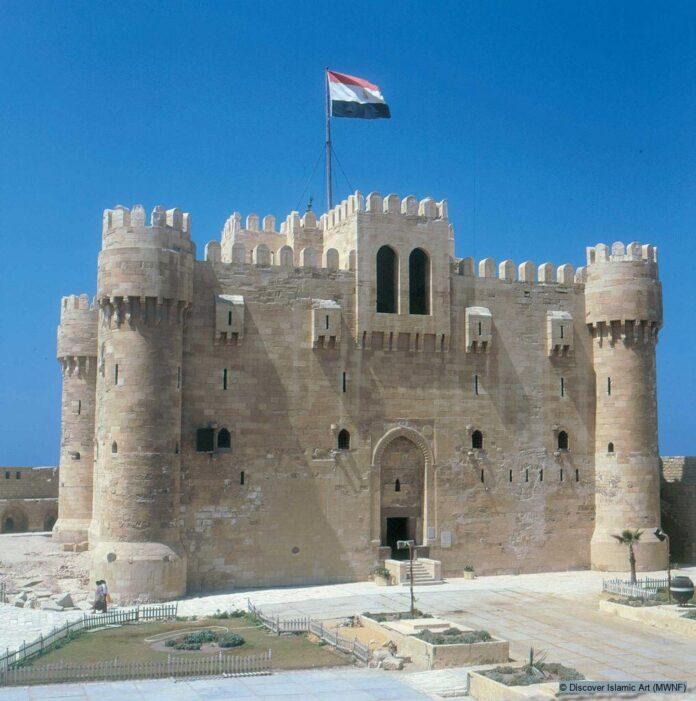In the thriving heart of Alexandria, a new era is dawning upon the ancient stones of Qaitbay Citadel. Soon, this 15th-century fortress will come alive with the first-ever sound and light show on an Islamic monument in Egypt, as announced by Mohamed Metwally, Director General of Alexandria Antiquities. This groundbreaking event promises to weave the rich tapestry of Alexandria’s history through captivating soundscapes and vibrant lighting, offering both locals and tourists an unforgettable experience. Tickets are priced at 150 LE for Egyptian visitors and 1125 EGP for foreign visitors, inviting everyone to witness this historic moment in a new light.
A Fortress Steeped in History
Nestled on the eastern tip of Pharos Island, Qaitbay Citadel stands where the legendary Lighthouse of Alexandria once guided mariners across the Mediterranean. Constructed between 1477 and 1479 AD (882–884 AH) by Sultan Al-Ashraf Sayf al-Din Qa’it Bay, this fortress was pivotal in the defensive network of Alexandria. It rose from the ruins of one of the Seven Wonders of the Ancient World, embodying resilience and strategic foresight.
The Citadel’s tale begins with Sultan Qaitbay’s visit in 1477 AD. Recognizing the growing Ottoman threat, he ordered the construction of a citadel on the lighthouse’s foundations. Under the skilled oversight of Qagmas Al-Eshaqy, the Edifices Mason, the fort was constructed over two years, a testament to the Sultan’s commitment to defense and architecture. This edifice became a cornerstone of Egypt’s coastal fortifications, a bulwark against potential invaders.
Architectural Marvel and Strategic Stronghold
Designed in a square layout, the Citadel of Qaitbay is a marvel of medieval military architecture. Its walls, towers, and chambers tell stories of battles and peace, of times when its barracks housed soldiers standing vigilant against the encroaching tides. The mosque within, built in the Mamluke architectural style, whispers prayers under a skylit ceiling, even as its mihrab points not towards Mecca, but towards strategic needs.
Throughout the ages, the Citadel has evolved, mirroring the shifts in power and technology. Sultan Qansuh al-Ghuri fortified it further, aware of its strategic importance amidst rising Ottoman pressures. His decrees, etched in marble and sternly enforced, spoke of a time when the Citadel’s defenses were paramount.
From Ruin to Revival
The Citadel’s fortunes waxed and waned through the ages. The Ottomans, recognizing its significance, maintained it as a key military post, even as their empire’s strength ebbed. In 1798, it fell to the French, a testament to the changing tides of military might and modern weaponry.
Under the auspices of Muhammad Ali Pasha in the 19th century, the Citadel experienced a renaissance. Renovations brought modern artillery to its walls, reviving its strategic relevance. Yet, the British bombardment during the 1882 Orabi Revolt left it scarred and neglected, until the Ministry of Defense initiated partial restorations in 1904.
A Modern Renaissance
In the latter half of the 20th century, plans were set in motion to restore the Citadel to its former glory. Major restoration efforts in 1984 by the Egyptian Antiquities Organization have ensured that today, this iconic fortress not only stands as a monument to Egypt’s storied past but also embraces its role as a cultural beacon.
As the sun sets over the Mediterranean, the upcoming sound and light show will cast the Citadel in a new glow, celebrating its enduring legacy and inviting the world to rediscover its timeless charm. The Qaitbay Citadel remains a steadfast guardian of Alexandria, its stones echoing with tales of bravery, architectural brilliance, and historical significance—a truly timeless tribute to Egypt’s rich heritage.

